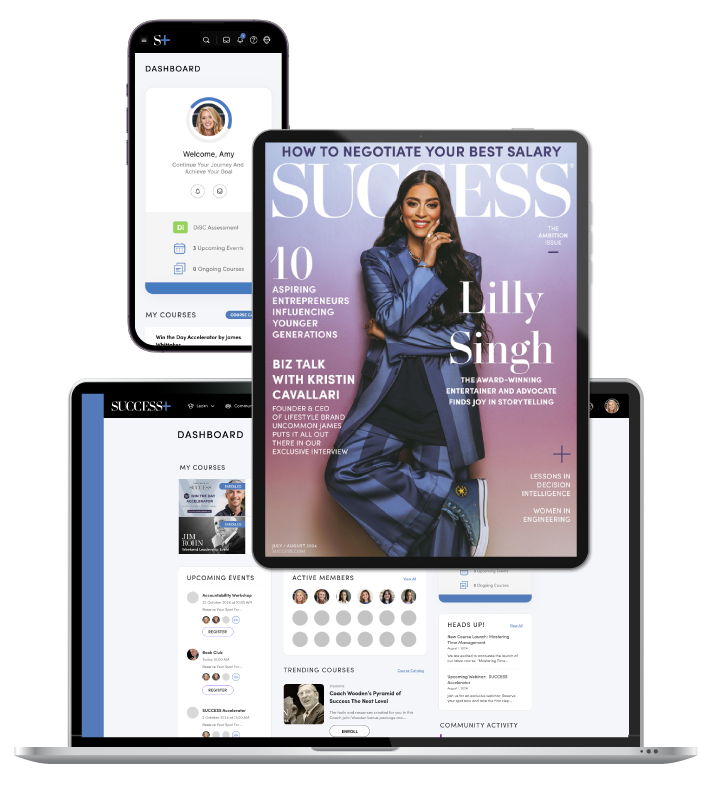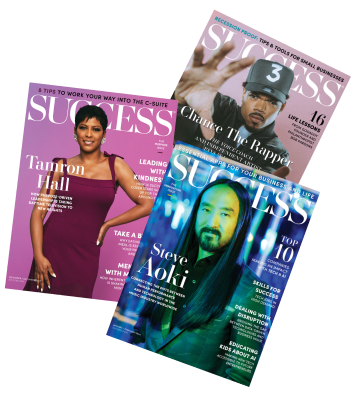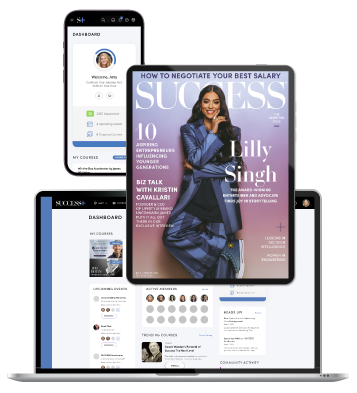Listen Up: 12 Podcasts Shining a Light on the Entertainment and Media Ecosystems

For a behind-the-scenes look at Hollywood, tune in to these 12 podcasts that are shining a spotlight on the entertainment and media ecosystems.
Staci Parks is a Dallas-based writer and editor who vividly remembers the harrowing days of Napster and then LimeWire. She’s glad that platforms like Hangout exist.

For a behind-the-scenes look at Hollywood, tune in to these 12 podcasts that are shining a spotlight on the entertainment and media ecosystems.

Save Up to 20% Before Oct. 2!

Unlock the Latest Knowledge that Can You Help You Achieve More in Life with More Confidence
Print and Digital Options Available
Plus, get access to daily inspiration, weekly newsletters and podcasts, and occasional updates from us.

By signing up you are also added to SUCCESS® emails. You can easily unsubscribe at anytime. By clicking above, you agree to our Privacy Policy and Terms of Use.
Please enter your username or email address. You will receive an email message to log in.
Get unlimited access to SUCCESS®
(+ a bunch of extras)! Learn more.
Please enter your username or email address. You will receive an email message to log in.
The exclusive article you’re trying to view is for subscribers only.

(plus get access to hundreds of resources designed
to help you excel in life and business)
Please enter your username or email address. You will receive an email message to log in.